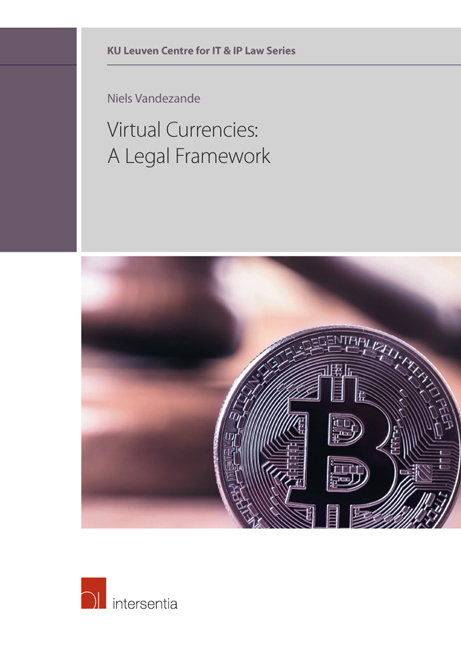Book contents
- Frontmatter
- Foreword
- Acknowledgments
- Contents
- Acronyms
- Introduction
- Part I Conceptual Analysis
- Part II Legal Analysis
- Chapter IV E-Money and Payment Services in the EU
- Chapter V Anti-Money Laundering in the EU
- Chapter VI Financial Instruments in the EU
- Chapter VII Virtual Currencies and Service Providers in the US
- Part III Conclusion
- Bibliography
- Miscellaneous Endmatter
Chapter V - Anti-Money Laundering in the EU
from Part II - Legal Analysis
Published online by Cambridge University Press: 13 October 2018
- Frontmatter
- Foreword
- Acknowledgments
- Contents
- Acronyms
- Introduction
- Part I Conceptual Analysis
- Part II Legal Analysis
- Chapter IV E-Money and Payment Services in the EU
- Chapter V Anti-Money Laundering in the EU
- Chapter VI Financial Instruments in the EU
- Chapter VII Virtual Currencies and Service Providers in the US
- Part III Conclusion
- Bibliography
- Miscellaneous Endmatter
Summary
ANTI-MONEY LAUNDERING IN THE EU
INTRODUCTION
AML – Having analyzed in chapter IV whether the EU's legal frameworks on e-money and payment services can be applied to virtual currencies, this chapter will conduct the same analysis from the viewpoint of EU anti-money laundering legislation (AML). Anti-money laundering legislation was developed worldwide from the late 1980's onwards. While originally aimed particularly at the proceeds from criminal activities, anti-money laundering legislation now also targets the destination of the funds – such as the use of funds for terrorist financing. This is important for virtual currencies, as they could both be gained from criminal activities, and used for such activities.
Goals – First, this chapter aims to analyze whether virtual currencies and the services developed around them can fall under the scope of the EU's legal framework regarding anti-money laundering rules as it stands with the 2015 Fourth Anti-Money Laundering Directive. Second, this chapter will analyze the 2018 amendments to the 2015 legal framework to explicitly bring certain virtual currency services under the scope of anti-money laundering rules. This will serve to assess the impact of regulatory evolution on virtual currencies and their service providers.
Reasoning – There are two reasons for selecting the anti-money laundering framework for further analysis under the scope of this research. First, in the risk assessment conducted in section 5 of chapter I, it was found that anonymity is regarded as one of the primary risks posed by virtual currencies. By requiring the subjects of the anti-money laundering legal framework to identify their customers – also known as know-your-customer (KYC) rules – and by requiring them to assess the risk posed by these customers – a process known as customer due diligence (CDD) – anti-money laundering rules generally aim to counter precisely such anonymity. Second, as already noted in the previous paragraph, the European legislator has taken steps to expand the Fourth Anti-Money Laundering Directive to explicitly include particular virtual currency service providers. This marks the first legislative initiative taken at the level of the EU that is aimed particularly at virtual currencies. As a result, such a regulatory initiative must be assessed against the normative criteria established for the purposes of this research, in order to ascertain whether additional regulatory steps are needed.
- Type
- Chapter
- Information
- Virtual Currencies: A Legal Framework , pp. 277 - 310Publisher: IntersentiaPrint publication year: 2018



